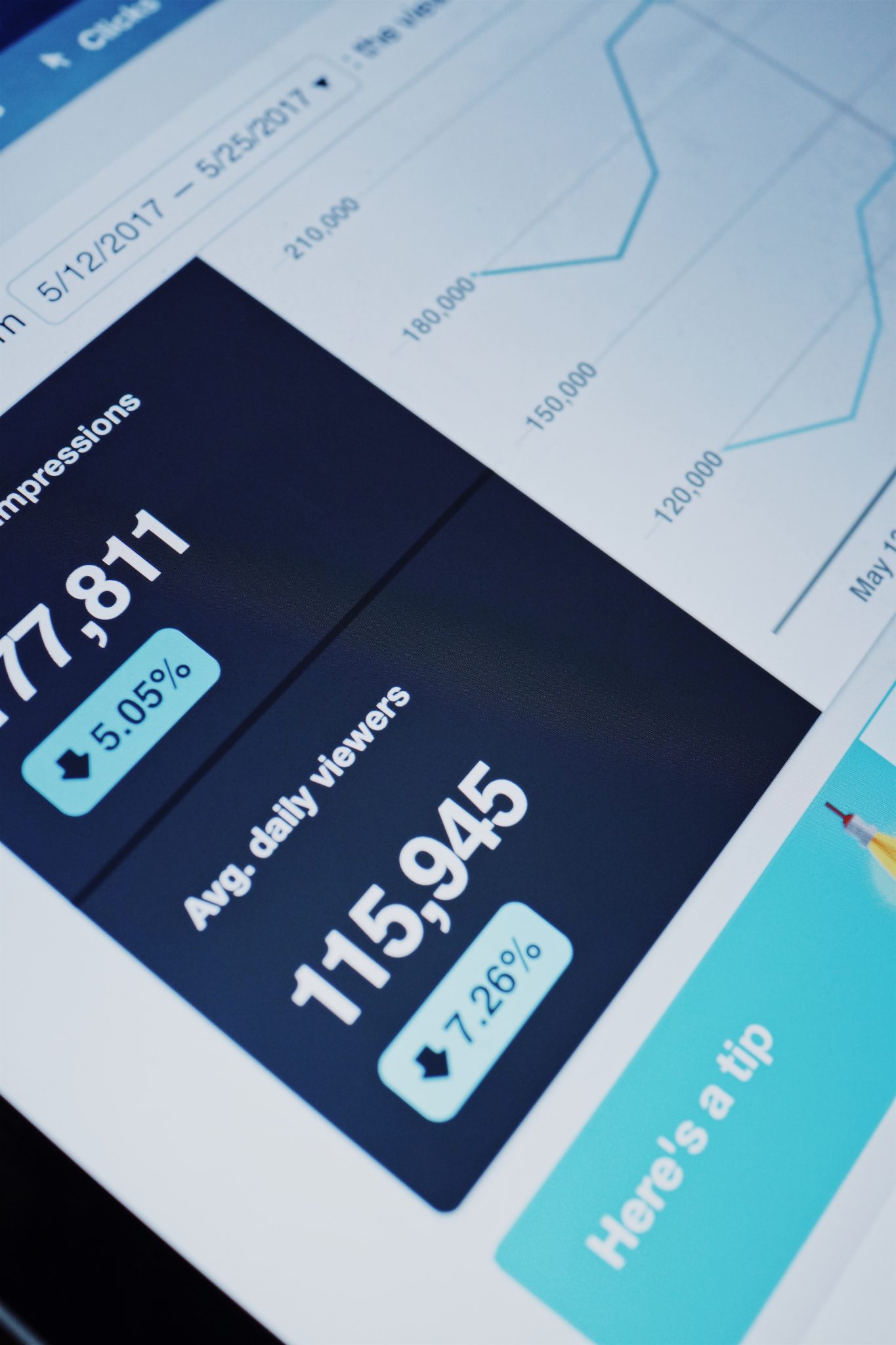Remarketing is a powerful form of Facebook targeting. If you’ve run ads on Facebook before, you know you can target by:
- age
- gender
- interests
- topics
- demographics
- geographic locations
- and much more.
Remarketing is another type of targeting – it targets people who have been to your website. When someone visits your website, it drops a cookie onto their computer and allows you to show your Facebook ads specifically to those people.
It’s powerful, and it’s been shown to convert very, very well. All the big players in online advertising are using it, from Perry Marshall to Mike Rhodes.
Set Up Your Remarketing Code – ASAP!
If you do nothing else in this article, and you don’t even run an ad campaign, make sure that you setup your remarketing code and lists today!
As soon as you set up your remarketing code, it will start collecting visitor data and adding them to your remarketing list. That way, whenever you’re ready to start advertising, you’ll already have a list made.
To start:
- Go to the Facebook Ads Manager, and in the bottom left click “Audiences”. You’ll want to “Create Audience”, and select “Custom Audience”.
- From there choose “Website Traffic”, and here you can create your lists.
- Insert your domain URL and name the audience “All visitors – 30 days”.
- Once your list is created, you should be able to grab the Facebook tracking pixel. This is what you need to implement on your site! Either send the code to your webmaster, or implement the steps yourself. Make sure you install this code if nothing else!
Create Some Audience Lists
At the most basic level, you should create 3 main audiences:
- All visitors – 7 days
- All visitors – 14 days
- All visitors – 30 days
The parameters of each list should be fairly self explanatory for you.
Creating Ad Targeting
When you go to create your Facebook Marketing ads, you can create separate ad sets that use each of these audiences exclusively. The way you would want to set it up is:
Targeting Ad Set #1: 30 days:
Custom audience: All visitors – 30 days
EXCLUDE: All visitors – 14 days
EXCLUDE: All visitors – 7 days
Targeting Ad Set #2: 14 days:
Custom audience: All visitors – 14 days
EXCLUDE: All visitors – 30 days
EXCLUDE: All visitors – 7 days
Targeting Ad Set #3: 7 days:
Custom audience: All visitors – 7 days
EXCLUDE: All visitors – 14 days
EXCLUDE: All visitors – 30 days
What this will do is create different time segments that you can measure conversions from. It will measure visitors at:
- 0-7 days after visiting your site
- 8-14 days after visiting your site
- 15-30 days after visiting your site
Most often you’ll find that your 7-day cookie will have the highest conversion rate, because visitors are most comfortable with you within that first week of visiting your website.
This exclusion process is something you do when you’re actually creating ads though, not when you’re making your audience lists. If you aren’t making ads right now, then you don’t have to worry about this stuff yet.
Summary
Setup your remarketing code and audience lists as soon as possible so you can start collecting data. Then, create some ads using these audiences for targeting.
Doing this should give you a quick start to Facebook remarketing. These aren’t incredibly advanced strategies, but they’re the basics that will help make you profitable while advertising on Facebook.











